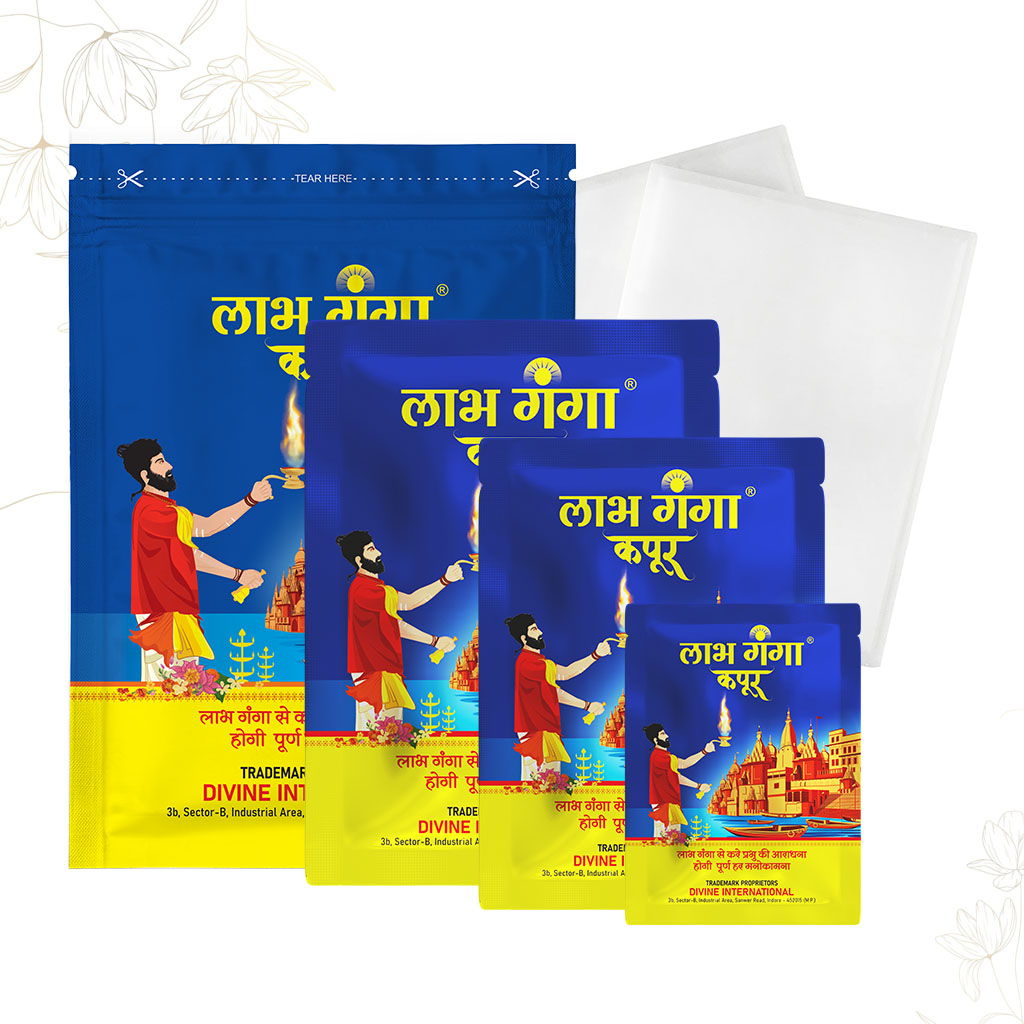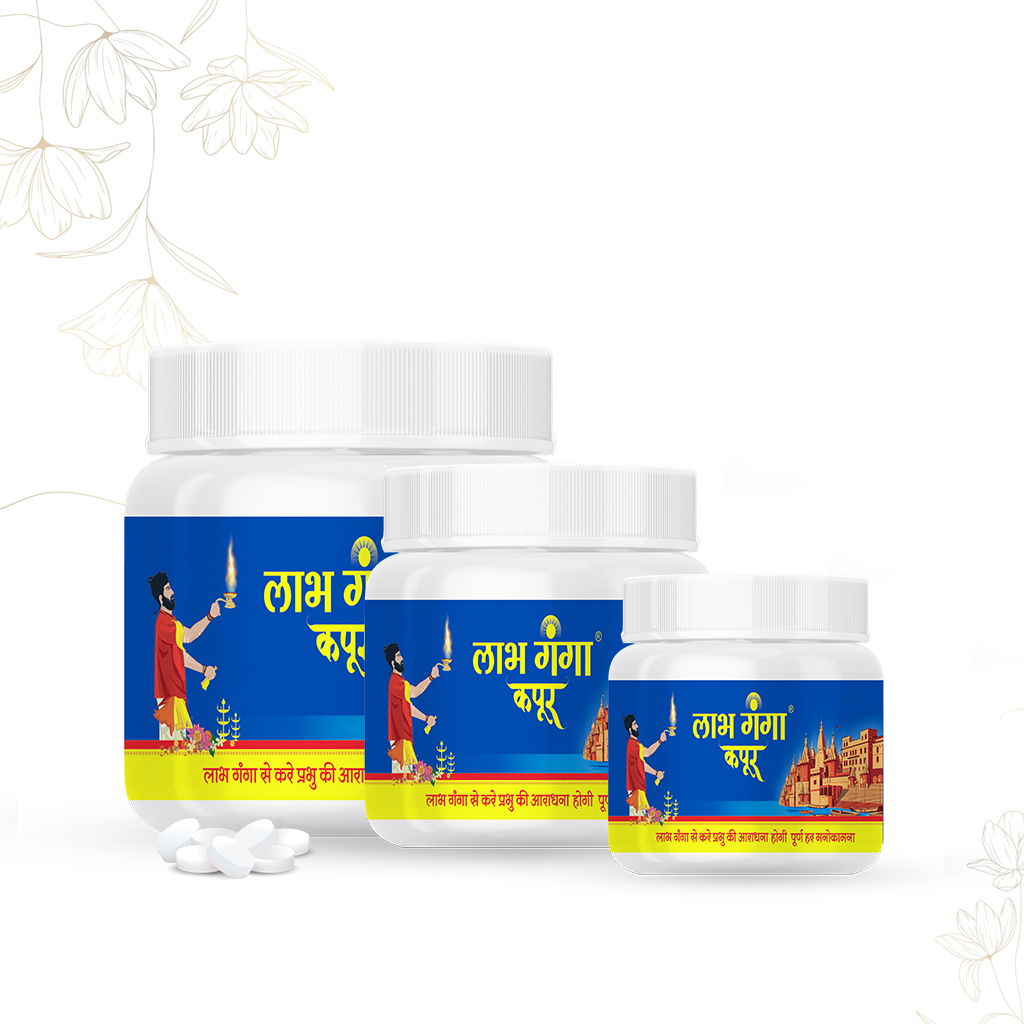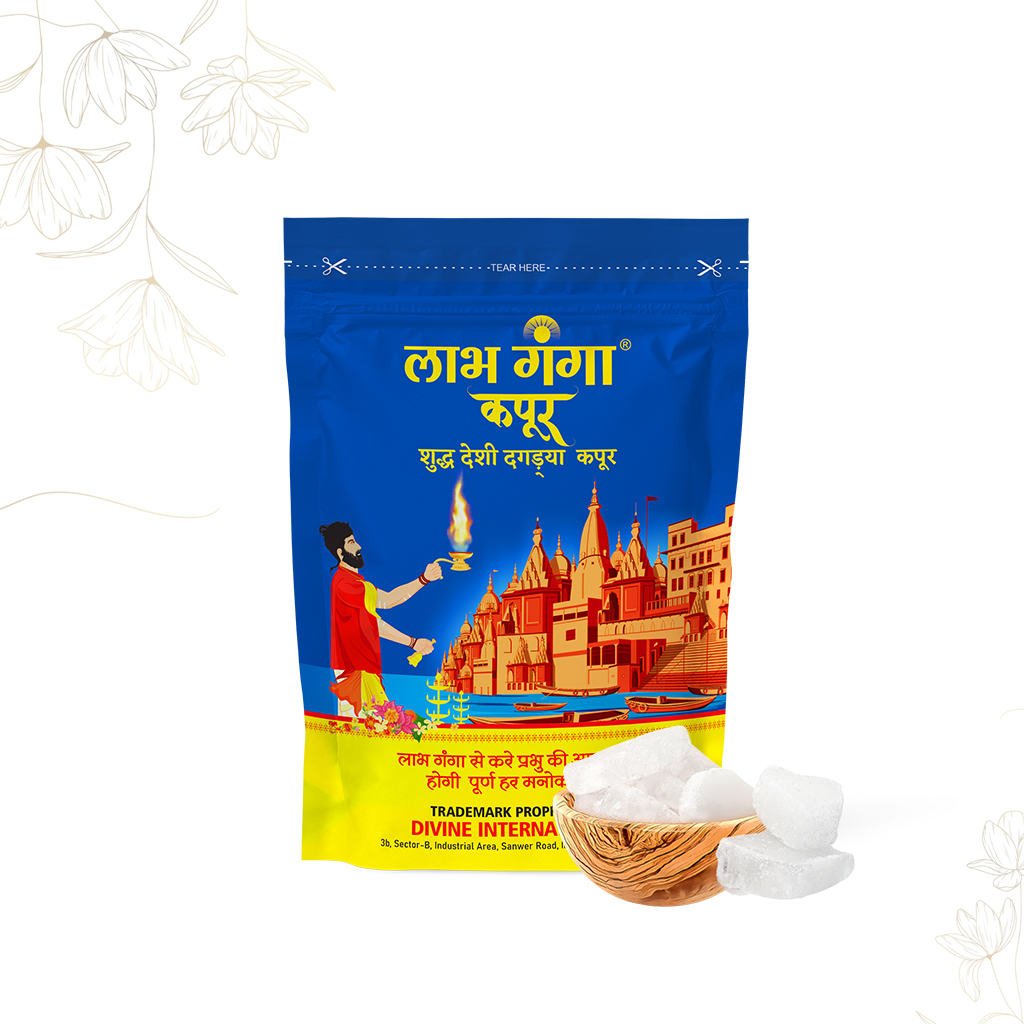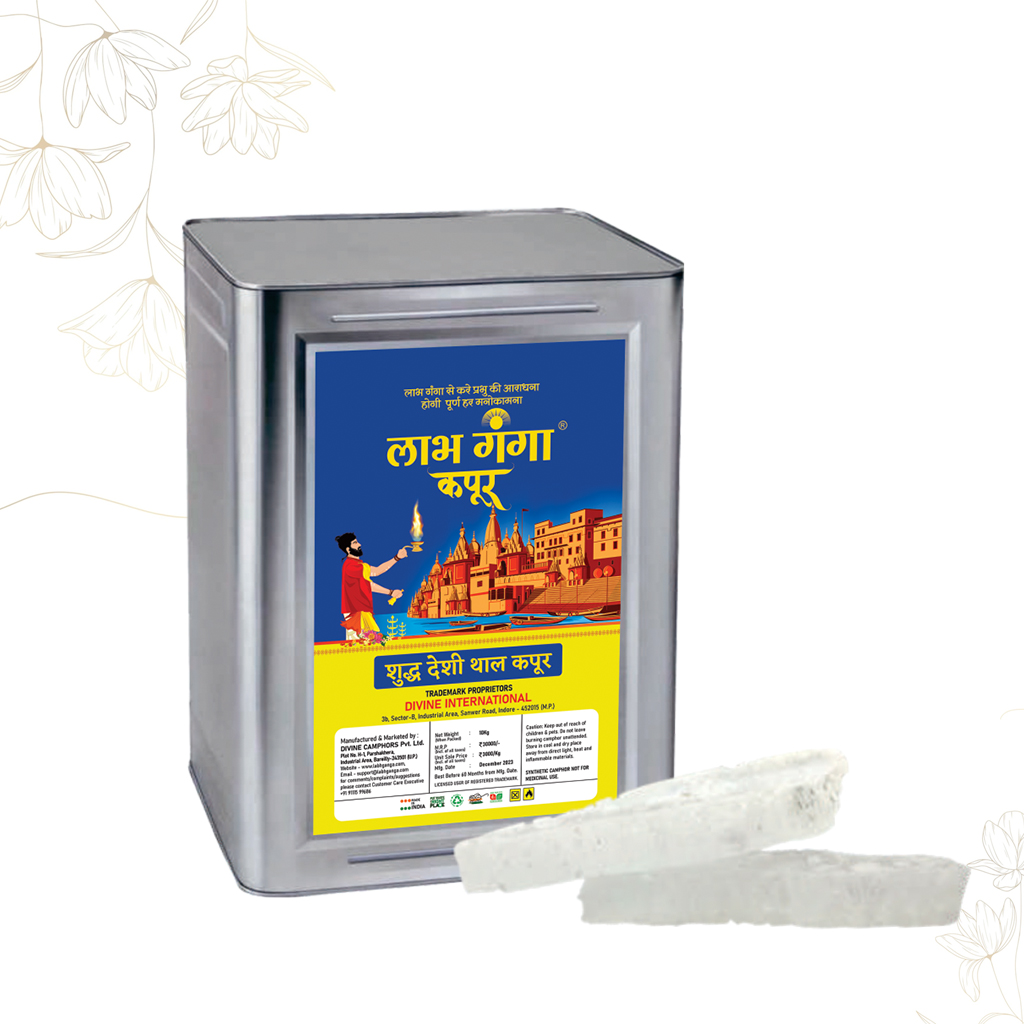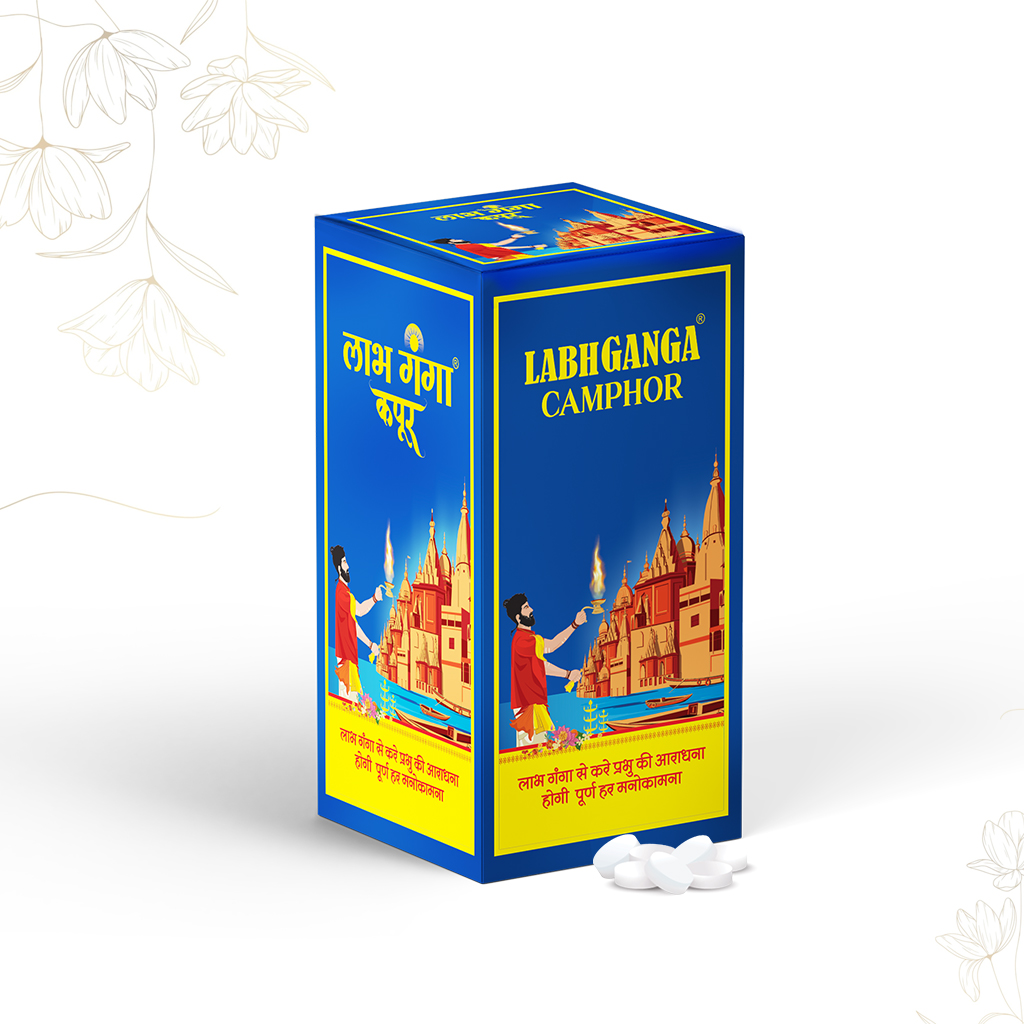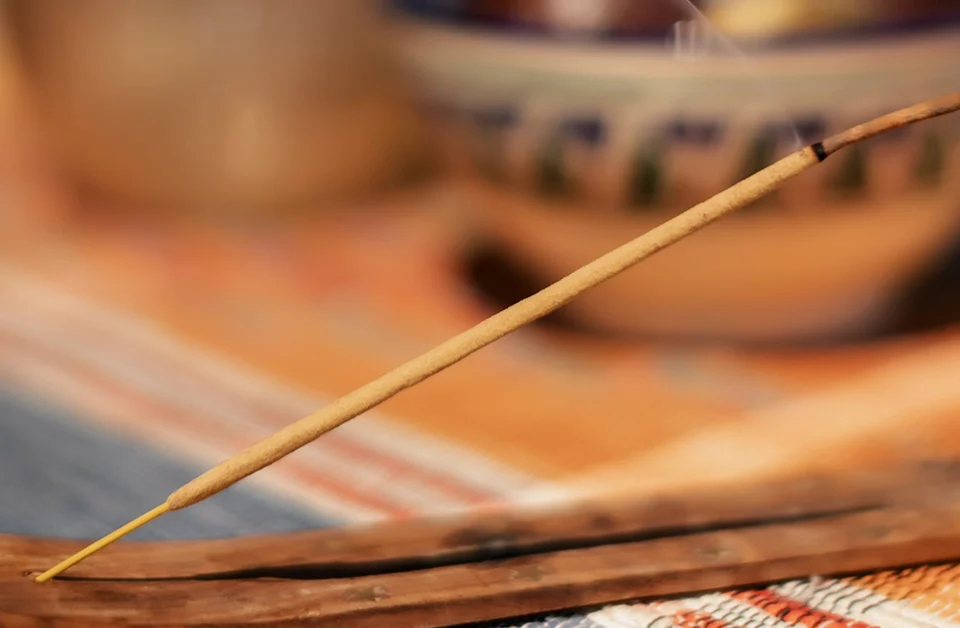
The Spiritual Significance of Camphor in Hindu Rituals: A Comprehensive Guide

Aromatic Offerings: The Art of Incense in Indian Spirituality
In the kaleidoscope of Hindu rituals, the vibrant red hue of kumkum emerges as a potent symbol, carrying with it a tapestry of cultural significance and spiritual depth. This article aims to unravel the layers of meaning woven into the fabric of kumkum, exploring its origins, symbolic importance, and the diverse ways in which it is used in Hindu traditions.
I. The Ancient Roots of Kumkum in Hindu Culture
Derived from the Sanskrit word ‘kumkuma,’ this sacred red powder holds roots that delve deep into the annals of Hindu scriptures. Often associated with the goddess Lakshmi, the embodiment of wealth and prosperity, kumkum has been an integral part of rituals dating back to Vedic times. Its creation involves a meticulous process, blending natural ingredients to produce a powder that transcends its material form to become a symbol of auspiciousness.
II. Symbolic Significance of Kumkum in Hindu Ceremonies
Kumkum is more than just a powder; it is a symbol loaded with cultural and spiritual significance. When applied on the forehead, known as the ‘bindi’ or ’tilak,’ it represents the opening of the third eye, symbolizing spiritual awakening and intuition. In weddings and other auspicious occasions, the application of kumkum signifies the sanctification of the union and the blessing of prosperity upon the couple.
III. The Divine Feminine: Kumkum and Goddess Worship
Goddess worship is prevalent in Hinduism, and kumkum plays a central role in many rituals dedicated to female deities. The vermilion red is considered an offering of devotion and is often used in adorning the idols of goddesses, reinforcing the connection between the divine feminine and the earthly realm.
IV. Kumkum in Daily Puja: A Ritual of Devotion
In daily puja (worship), the use of kumkum takes on a sacred rhythm. Devotees lovingly apply it to the deities as a gesture of respect and devotion. The act becomes a daily reminder of the spiritual journey, with each application symbolizing the seeker’s dedication to the divine path.
V. Auspicious Marks and Symbols: Kumkum’s Artistic Expression
Kumkum is not limited to a mere dot on the forehead. Its application transforms into intricate designs and patterns during religious ceremonies and festivals. Elaborate rangolis and sacred symbols crafted with kumkum become visual hymns, adorning homes and temples with a touch of divine grace.
VI. Kumkum Beyond Rituals: A Cultural Emblem
While deeply embedded in religious practices, kumkum transcends its religious context to become a cultural emblem. It signifies not only spiritual devotion but also familial bonds, societal celebrations, and the resilience of tradition in the face of modernity.
VII. Crafting Kumkum: Balancing Tradition and Sustainability
As we embrace the cultural richness of kumkum, it is vital to consider its production with a nod to sustainability. Exploring eco-friendly alternatives and traditional manufacturing methods can help preserve the sanctity of this sacred powder while minimizing environmental impact.
VIII. Conclusion: The Sacred Stain of Devotion
In the red pigment of kumkum, we find more than a color; we discover a vibrant symbol of devotion, spirituality, and cultural identity. From the sacred rituals of daily worship to the grandeur of festive celebrations, kumkum remains an enduring emblem, connecting generations of Hindus with the timeless thread of tradition and spirituality. As we delve into the symbolic depth of kumkum, let us appreciate the profound meanings it imparts, coloring our lives with the hues of devotion and divine grace.



